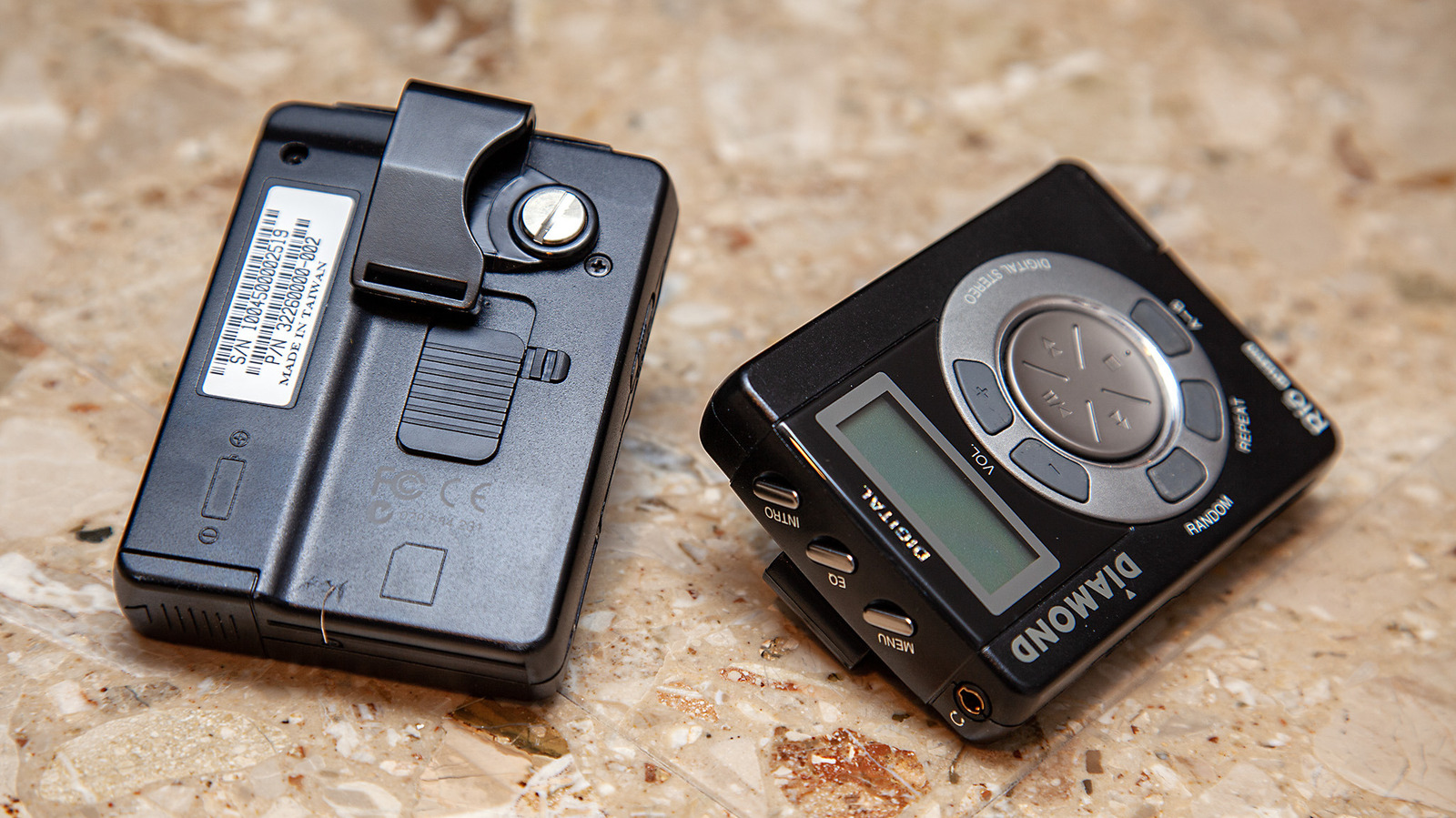
As nostalgic as you might feel about the ’90s, it’s safe to say it was a pretty weird time. Given that some ’90s kids are older than the World Wide Web, most of us grew up with technology sprouting up all around us. I still remember pre-Google internet, when all we could do was type in URLs or, late in the ’90s, ask Jeeves our questions. From affordable home PCs to satellite television, kids growing up through the early 2000s saw some interesting things. Plus, some pretty weird gadgets were sold in the 1990s.
If you were disturbed to find that gimmicks like the Furby are making a comeback, there is a silver lining. Some of your other favorite electronics from the ’90s are being revived, too. In case you’re struggling to recall all the amazing technology of that era (millennials might not be considered so young and hip these days), here are some of our favorite handheld electronics from the 1990s.
If you told kids today that we used to carry around actual CDs to listen to on the go, they might be shocked. Depending on age, they might also ask what a CD is in the first place. Though Sony released its first Discman in 1984, that meant it was a staple in the 1990s. These might not have been the most durable handheld CD players, they were the first of their kind, spawning all manner of cheaper replacements that I ultimately had to buy once I broke my Sony.
A younger sibling of the Sony Walkman, which had a huge hand in shaping tech history, the Sony Discman was about the size of a CD and could even fit into the pocket of your JNCO jeans (those who know, know). But did you know that in 1999, Sony released a 15th anniversary edition of the Sony CD Walkman?
You know you’re “old” when an elementary-aged child asks if you know what a Game Boy is, because how long ago were they actually new? It turns out that Game Boys are so old, they’re now featured in museums. The National Museum of American History notes that Nintendo’s Game Boy led an entire wave of handheld gaming consoles onto the market.
Though the Game Boy was followed by Sega and Atari, Nintendo seemed to have the upper hand. Millennials will remember when the classic grey casing was upgraded with more colorful choices, and when the Game Boy Pocket rolled out. Nintendo says it sold over 100 million Game Boy units, and the classic model is still sought after today, despite the rollout of the Nintendo DS and later handhelds from Nintendo (like the modern era of Nintendo Switch). Some rare Game Boys from the ’90s could be worth thousands of dollars now, too.
One of my clearest childhood memories is the Christmas when I received a Tamagotchi among my presents. I figured out long before Christmas morning that it was a Tamagotchi, because of its packaging, but that didn’t make opening the present any less thrilling. Tamagotchis were truly a handheld electronic you could — and kind of had to — take everywhere with you. That wasn’t always a good thing, and Tamagotchis were banned in classrooms across the nation. For many young people in the ’90s, that was our introduction to technology that later morphed into the modern smartphone.
Unsurprisingly to most millennials, Tamagotchis have made a comeback, and they over-deliver on the nostalgia, incessant beeping included. Parent company Bandai notes that the original Tamagotchi available today retains the same programming as the 1997 version, but with new styles of shells. Still have an old one lying around? Your ’90s-era Tamagotchi might be worth something today.
PalmPilots are long discontinued at this point, but in 1997, they were at their peak popularity. Lenovo pointed out that the PalmPilot was one of the first smart devices to combine computer functions and organization with communication. You could maintain a calendar, save contacts, make notes, and more.
The earliest PalmPilots relied on a cable to connect to your PC for data syncing, but they did have expandable storage, and later came out in a color screen version. It’s wild to think that we were once obsessed with handheld devices that didn’t even have the internet, but the PalmPilot feels like a stepping stone toward smartphones and all of the functions we enjoy on pocket-sized devices today. You could even add a wireless card that turned the PalmPilot into a phone, the same way you can put communication apps on a tablet today.
One of the most epic handheld electronics of the 1990s had to be the very first MP3 player. If you told a nine-year-old me that one day, I could hold thousands of songs in my pocket, I would have been shocked. Yet after being gifted one of the very first MP3 players — a Diamond Rio PMP300 — in 1998, I probably would have believed you. My Rio player was a nondescript black-and-grey model, and it only held about 10 songs, depending on the song length.
Although the Rio, which had a solid-state design, was supposed to prevent the skipping that devices like the Sony Discman experienced, mine developed issues after I dropped it. Still, the pager-sized device was revolutionary for its time. In fact, MP3 players are a gadget that might be exclusive to millennials. Everyone else might recall the iPod as the first notable MP3 player, but the Diamond Rio is three years older.



